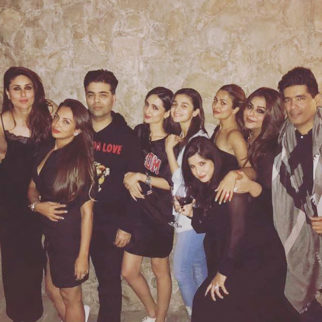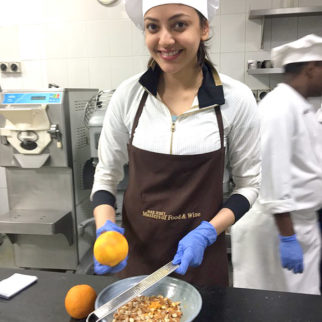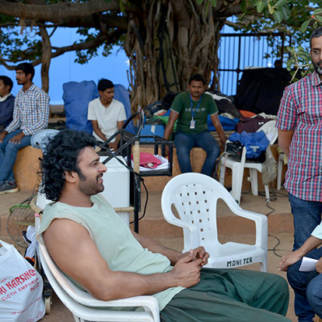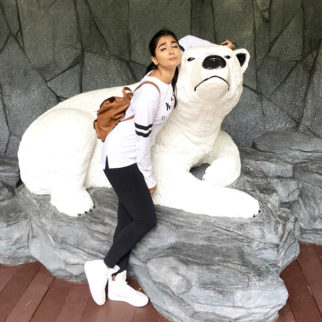First rule of cheating is to make sure nobody catches you” – Raj Nidimoru
-
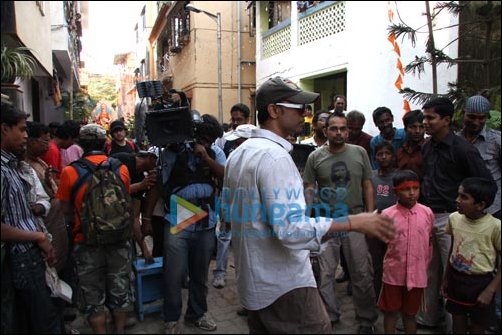 “We wanted a guy who had an accent, not from here and someone who suits the character” Initially we thought we would produce the film ourselves after finalizing the script. We wanted a guy who had an accent, not from here and someone who suits the character, Read More">during this phase we had only Sendhil inRead More
“We wanted a guy who had an accent, not from here and someone who suits the character” Initially we thought we would produce the film ourselves after finalizing the script. We wanted a guy who had an accent, not from here and someone who suits the character, Read More">during this phase we had only Sendhil inRead More"We wanted a guy who had an accent, not from here and someone who suits the character"
Initially we thought we would produce the film ourselves after finalizing the script. We wanted a guy who had an accent, not from here and someone who suits the character, during this phase we had only Sendhil in mind. DK and I went to America and pitched the script to him and after a series of meetings it was finalized in two days. Sendhil loved the short film and agreed in doing the film. When we came back to India, we started casting many enthusiastic and fresh candidates from FTII ranging from actors, technicians, production people, sound and many others. The criterion was that we needed extremely strong actors who fit the character well and not pretty faces.
"Usually sound is overlooked but for a film like Shor In The City, sound is very important"
To get that particular kind of texture that we wanted, we did a lot of location scouting, we broke from the monotony of shooting at the same places like Marine Drive and Horniman Circle, by shooting at places that is usually not seen in other films. We wanted to capture a similar yet more intrinsic feel; we made sure that we had the right atmospheric sound everywhere by shooting in sync-sound. Usually sound is overlooked but for a film like Shor In The City, sound is very important. For this a lot of prep work was carried out for sound design and capturing the real sounds, all our films are sync-sound. The film was shot with multiple high definition Red cameras with customized features embedded to make the output seem more like film. The high definition camera allowed us to shoot more without worrying about handling film in the middle of the street, when shooting amongst the traffic we did not have to worry about running out of film. The entire film was shot in forty days throughout Mumbai, everything was pretty much a real location and not a made up set. -
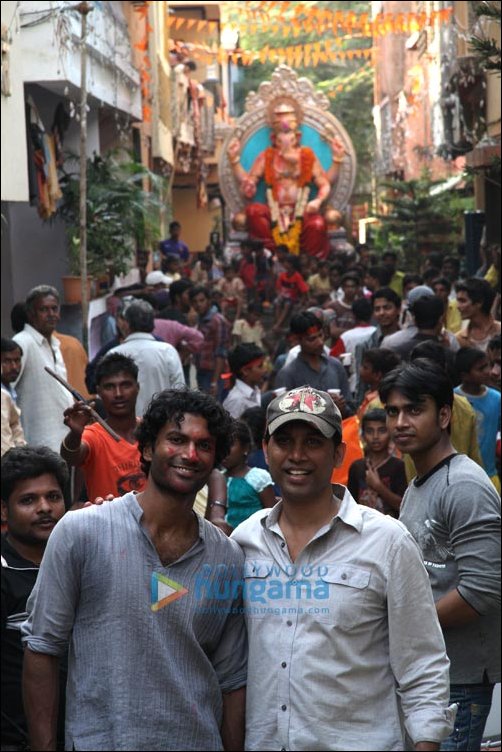 “There are no steadi-cams, jimmy-jib, track and trolley used for shooting the film” I think the innovative techniques that were used was basically going the other way by using our own home made creations in the film’s production; we didn’t delve towards the tech side but rather, the innovative side. In the film, Read More">there areRead More
“There are no steadi-cams, jimmy-jib, track and trolley used for shooting the film” I think the innovative techniques that were used was basically going the other way by using our own home made creations in the film’s production; we didn’t delve towards the tech side but rather, the innovative side. In the film, Read More">there areRead More"There are no steadi-cams, jimmy-jib, track and trolley used for shooting the film"
I think the innovative techniques that were used was basically going the other way by using our own home made creations in the film's production; we didn't delve towards the tech side but rather, the innovative side. In the film, there are shots of the three main characters going around the city on a bike, to achieve this usually, people put them on a 'low-loader' and shoot the scene. The low-loader covers up twelve feet of the road and blocks traffic, we wanted to be compact. Amusingly to achieve this we put them up on a milk truck, where they acted like they were on a bike. We did bunch of funny things like this, instead of using a steadi-cam rig we opted for an easy rig. There are no steadi-cams, jimmy-jib, track and trolley used for shooting the film; we wanted it to be grittier.
"The first rule of cheating is to make sure nobody catches us cheating because it can make the shot look as real if not better"
We cheat to achieve a certain attribute in the film, because we want to use a natural location, like I said it was not possible to place a low loader in a small lane but I wanted them to ride in those lanes, with that we summed up certain cheats where you take over the bike, the camera with the three characters going around in a milk van and then you can get the preferred outcome, it looks great on screen. The first rule of cheating is to make sure nobody catches us cheating; it can make the shot look as real if not better. Even in the scene where Sendhil takes revenge and shoots the villain, he shoots directly at the camera. Usually people tend to shoot off the camera and we actually made a dummy bullet strike the camera. Although you cannot cheat everywhere for instance the procession could not be cheated, the shot was augmented by making our own little process on the side where we got special close ups and other subtleties. -
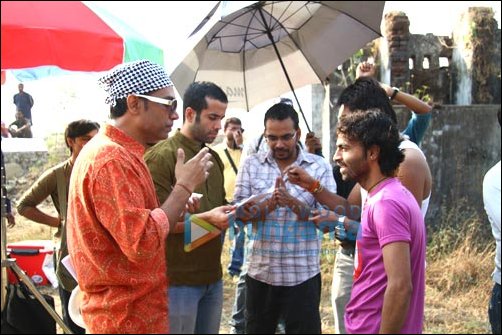 “I feel that we like to make films that illustrate a certain time range” It is not challenging for us to infuse the different stories together, Read More">we like it like that for us somehow it comes naturally. It is always about trying to depict a certain period of time than traveling with the character fromRead More
“I feel that we like to make films that illustrate a certain time range” It is not challenging for us to infuse the different stories together, Read More">we like it like that for us somehow it comes naturally. It is always about trying to depict a certain period of time than traveling with the character fromRead More"I feel that we like to make films that illustrate a certain time range"
It is not challenging for us to infuse the different stories together, we like it like that for us somehow it comes naturally. It is always about trying to depict a certain period of time than traveling with the character from point A to Z over years and months. I feel that we like to make films that illustrate a certain time range, where-in a lot of things are happening. For instance, when you put a camera and look at the frame through a traffic signal point of view, you can see there are a lot of interesting people and so much going on at the same time. That's the crux of a Mumbai film for us, where you can see a mixture of characters at inspection. This actually helps because, what intertwines them is the city itself and you feel like it is all the same story but they are actually three different stories. -
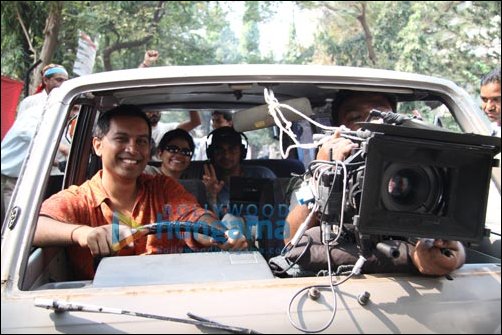 “Even in the villain’s room there is a Ganpati idol present” Suman Roy Mahapatra, a terrific production designer who has also done Peepli [Live] was on board with us. He is an extremely hard working individual. Even though we shot at real locations, Read More">he enhanced the set for the frame. He played with certain colourRead More
“Even in the villain’s room there is a Ganpati idol present” Suman Roy Mahapatra, a terrific production designer who has also done Peepli [Live] was on board with us. He is an extremely hard working individual. Even though we shot at real locations, Read More">he enhanced the set for the frame. He played with certain colourRead More"Even in the villain's room there is a Ganpati idol present"
Suman Roy Mahapatra, a terrific production designer who has also done Peepli [Live] was on board with us. He is an extremely hard working individual. Even though we shot at real locations, he enhanced the set for the frame. He played with certain colour patterns to play the mood of the scene. If you look at Sawant's story in the film, it had a jittery kind of feeling to it almost a vague feeling attached to it, as the film progresses it becomes more subdued and jittery. The audience will also feel that they are hurling towards the climax, whenever we see a certain frame besides the camera, we would want to enhance the colours in it. Suman quickly puts in some colour palettes in the frame to make a certain vibe emanate from the frame or a certain emotion like rage is conveyed through it. Even in the villain's room there is a Ganpati idol present, the frame becomes interesting because Ganpati is worshipped by everybody, good and bad, ironically. Small touches such as this can enhance the narrative of the film immensely.
"Interestingly, one of the things that we did for the film was the abrupt edits"
Ashmith Kunder- the editor, DK, and I were very hands on filmmakers; we were there for pretty much every shot and every cut. There was a simple setup for the editing, it was not a big studio. Interestingly, one of the things that we did for the film was the abrupt edits, some people call them sound cuts where you jump from one story to another. Visually it appears jerky but with the sound, you feel that you are pushed into the other story which adds to the chaos of the film. Every scene was extremely quick each almost had a minute or less, but at the same time you don't feel that it is choppy. We debated a lot on the editing phase to achieve the desired results. The films colour grading was carried out by Reliance Adlabs and the sound was mixed in Prime Focus. -
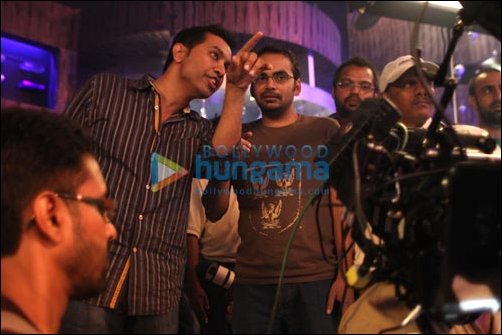 “If you notice the camera is always ‘breathing’ in the film” To convey the kind of imagery and the edginess that we were looking for in Shor In The City, DK and I made a short film sometime back with Tushar Kanti Ray, Read More">the same DOP for the film. If you notice the camera isRead More
“If you notice the camera is always ‘breathing’ in the film” To convey the kind of imagery and the edginess that we were looking for in Shor In The City, DK and I made a short film sometime back with Tushar Kanti Ray, Read More">the same DOP for the film. If you notice the camera isRead More"If you notice the camera is always 'breathing' in the film"
To convey the kind of imagery and the edginess that we were looking for in Shor In The City, DK and I made a short film sometime back with Tushar Kanti Ray, the same DOP for the film. If you notice the camera is always 'breathing' in the film. It is almost as if certain energy is associated with the camera. We shot the short film mainly to sync the elements with each other and with everybody already involved in the film. We decided that this is the kind of film we are going to shoot.
"We have a lot of ideas pumping in with what we already have"
As a director, the screen play is our biggest homework; a lot of thought is put into the screenplay, we would have gone over it ten times so everything is pretty much decided in the screenplay phase. The three of us Tusshar, DK and I would discuss these scenes before hand for the next day to shoot, if any last minute improvisations occur then it is incorporated into the screenplay and script. We have a lot of ideas pumping in with what we already have, by the time we are on set every aspect of the scene and shot is pretty much decided in the night before or early morning.
"The only predicament I faced was the realistic part of the film"
We had only a certain number of dates allocated for Sendhil side of the shoot, it was more planned and executed so there wasn't much of a problem. The only predicament I faced was the realistic part of the film, with harassing cops, gathering crowds that would not let you shoot. The shoot was in the middle of a Chembur street where there are a thousand people blocking the roads and we are still trying to strive for the real shot, those were the biggest challenges while making the film.
